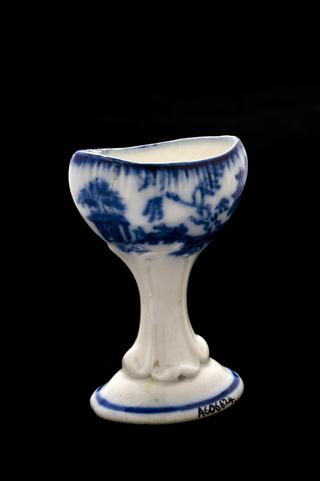


SL-3D slit lamp for examinination of th anterior chamber of the eye, by Topcon, Japan, 1980
The first slit lamp was devised by Alvar Gullstrand (1862-1930) in 1911. Slit lamps are used to examine the fluid between the iris and the cornea at the front of the eye. Examining this part of the eye may help diagnose problems such as glaucoma. Glaucoma is a condition where the optic nerve becomes damaged leading to loss of sight. An artificial eye is shown here in approximately the position above the chin rest which the patient’s eye was examined.
The bright, slit-shaped beam of light produced by the machine is focused on the eye. There is a joystick control for the horizontal movements of the instruments. A powerful microscope was used for the examination. This was made by Japanese company Topcon. Slit lamps are now standard equipment in hospital eye departments.
Details
- Category:
- Ophthalmology
- Object Number:
- 1980-1094
- Materials:
- metal (unknown), wood (unidentified), plastic (unidentified) and complete
- Measurements:
-
overall: 900 mm x 560 mm x 380 mm, 26 kg
- type:
- slit lamp
- credit:
- Keeler Instruments Limited






